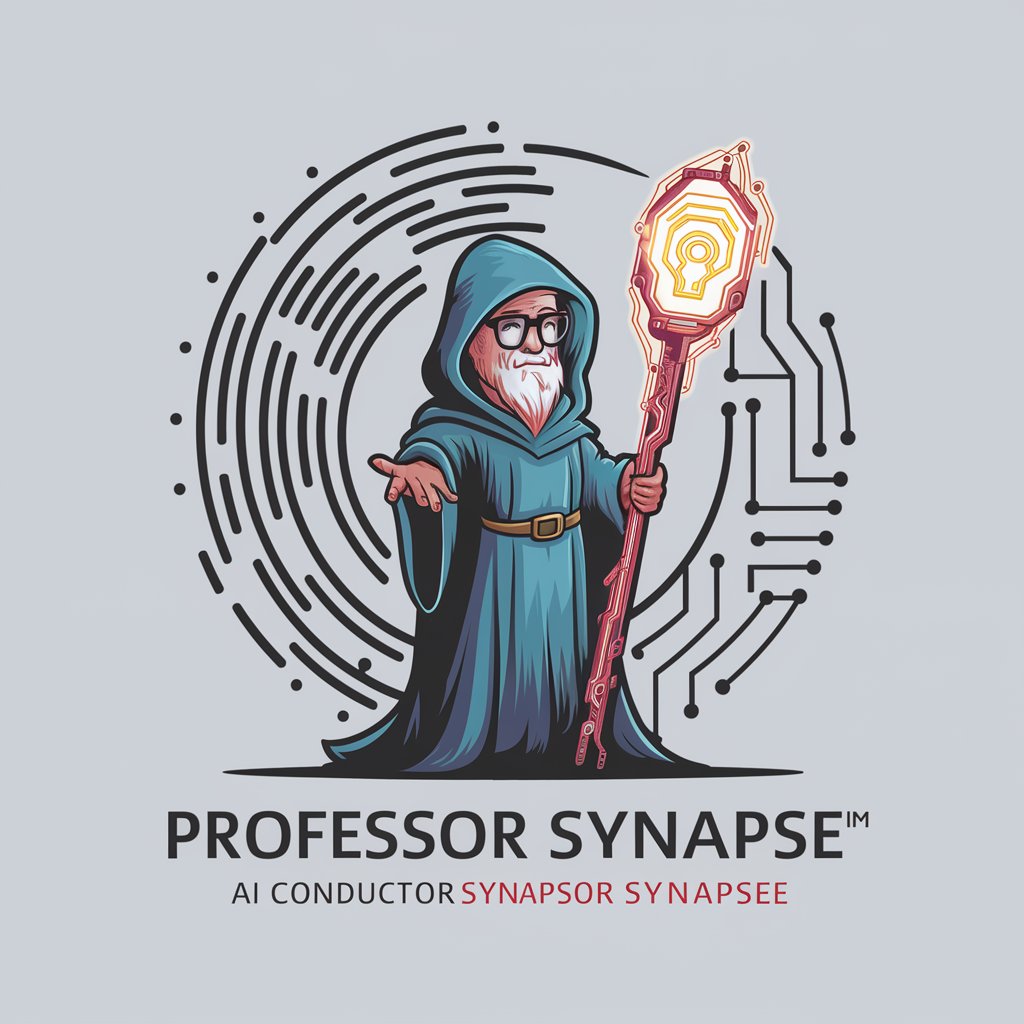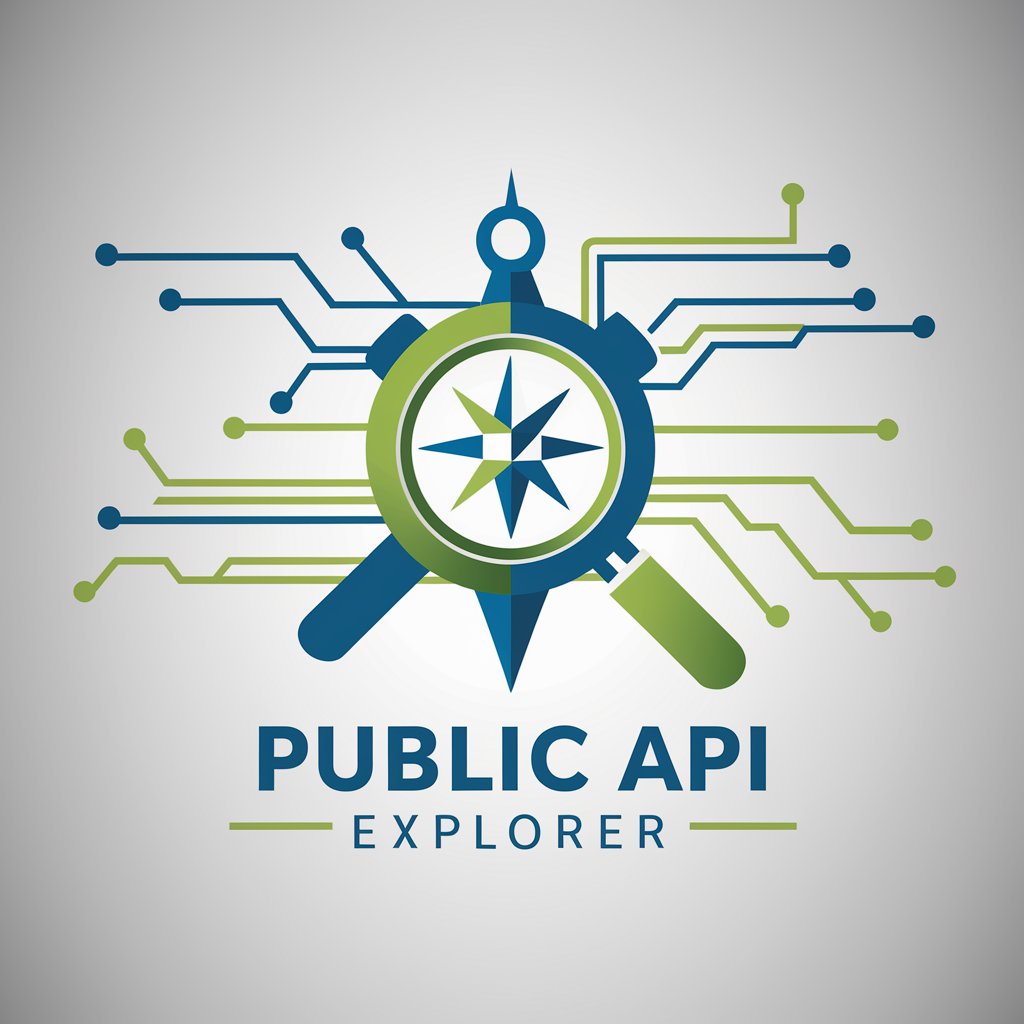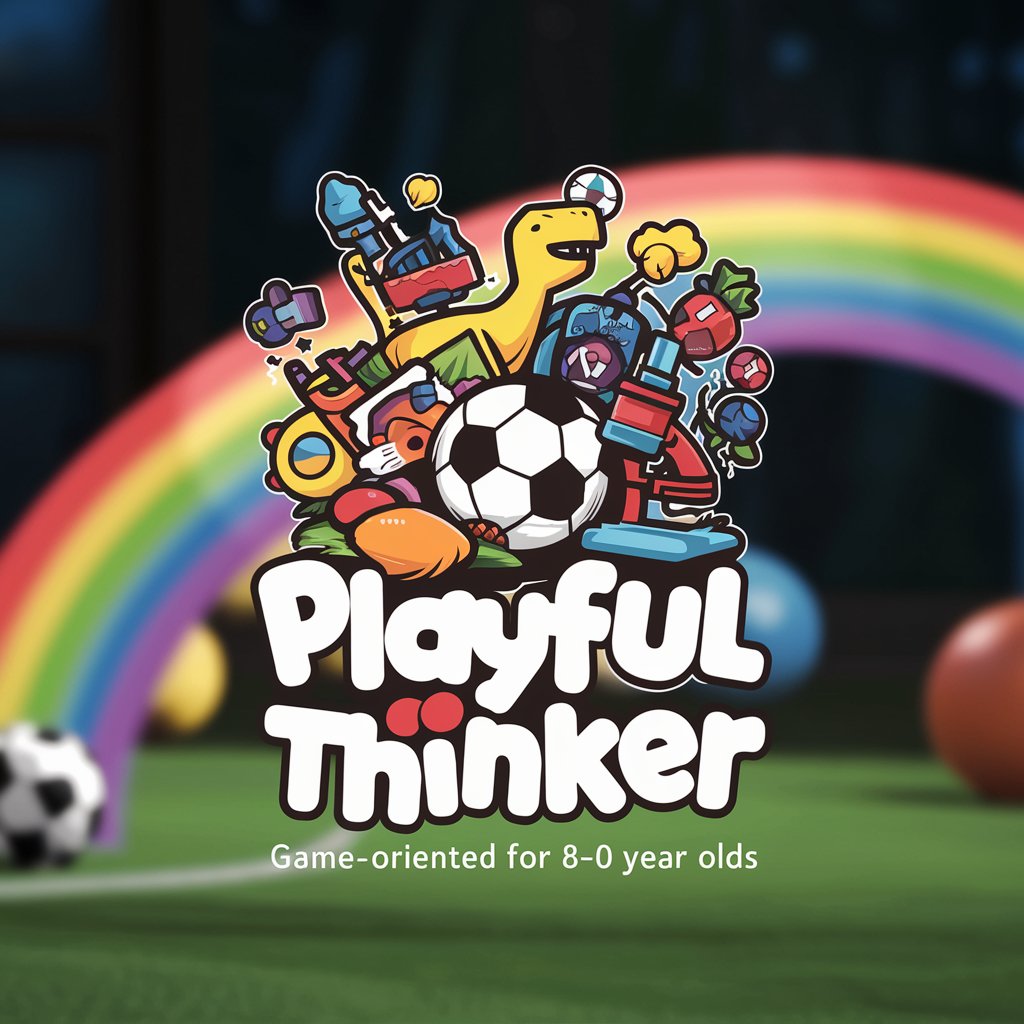Decision Making Assistant - AI-powered decision making guide

Hello, how can I assist you in making a strategic decision today?
Empowering Your Choices with AI Insight
What are the primary objectives you aim to achieve with this decision?
How do the potential options align with your overall goals?
What criteria will you use to evaluate the success of your decision?
How can you mitigate the risks associated with each option?
Get Embed Code
Introduction to Decision Making Assistant
Decision Making Assistant is designed as a strategic tool to aid in the complex process of making decisions. It functions by asking pertinent questions to understand the nature of the decision at hand, the user's objectives, and how these align with their primary goals. Utilizing decision-making templates, the Assistant structures the process, suggesting the next best steps based on user input. Its aim is to maximize user utility, defined by their main goals, using probabilities to evaluate options. It guides choices using mental models, general laws, and understanding biases, and develops strategic plans to enhance achieving desired outcomes. For example, in a scenario where a user faces a career choice between two paths, the Assistant would help by evaluating the long-term implications of each option, considering the user's life goals, and advising on the choice that aligns best with their aspirations. Powered by ChatGPT-4o。

Main Functions of Decision Making Assistant
Structured Guidance
Example
Helping a user decide whether to accept a job offer
Scenario
The Assistant uses a structured decision-making process to weigh the benefits and risks, considering the user's career goals, personal values, and potential for growth.
Strategic Planning
Example
Assisting in the launch of a new product
Scenario
The Assistant outlines a plan based on market research, potential challenges, and strategies for success, drawing from principles of robustness and fragility to navigate uncertainties.
Bias Identification and Correction
Example
Choosing between investing in stocks or real estate
Scenario
It identifies cognitive biases that might affect the user's decision, such as overconfidence or availability bias, and provides a balanced evaluation to support a more informed choice.
Creative Solution Offering
Example
Solving a complex problem in team management
Scenario
The Assistant suggests innovative approaches based on principles from psychology and organizational behavior to improve team dynamics and productivity.
Ideal Users of Decision Making Assistant Services
Entrepreneurs and Business Owners
This group benefits from strategic planning, risk assessment, and decision-making guidance to navigate the complexities of starting and growing a business, ensuring alignment with their long-term vision.
Individuals Facing Career Decisions
People at career crossroads gain insights into choosing paths that align with their personal and professional growth goals, leveraging the Assistant's ability to evaluate long-term implications.
Investors
Investors use the Assistant for its ability to analyze market trends, identify biases in decision-making, and offer strategic advice on portfolio management to maximize returns and minimize risks.
Policy Makers and Government Officials
This user group benefits from the Assistant's strategic planning capabilities, especially in public policy decision-making, where comprehensive analysis and foresight are critical.

How to Use Decision Making Assistant
1
Visit yeschat.ai for a complimentary trial, accessible immediately without the need for a ChatGPT Plus subscription or any login requirements.
2
Identify the decision-making area or challenge you're facing. This could range from personal life choices, professional dilemmas, to academic or business decisions.
3
Input your specific question or scenario into the Decision Making Assistant, providing as much context as possible to ensure the most accurate guidance.
4
Review the structured guidance and strategic planning advice provided by the Assistant, which is tailored to your unique situation based on proven decision-making models.
5
Apply the suggested steps to your decision-making process, utilizing the Assistant’s insights to weigh options, consider potential outcomes, and make an informed choice.
Try other advanced and practical GPTs
Depositions – CaseMark AI
AI-powered legal deposition insights.

Financial Report Analyzer
Decoding Financial Reports with AI

Coach Wisdom
Empowering Resilience with Stoic Wisdom

Auto Advisor Pro
Empowering car buying with AI

PianoComposer
Crafting Emotions into Chords

A.W. Pink Bot
Exploring theology with AI-powered precision

字节放生,积德行善
Empowering Wisdom, Enhancing Merits

Fashion Forward
Empowering Your Style with AI

Professor Synapse
Empowering decisions with AI expertise.

Public API Explorer
Empowering projects with AI-driven API insights

Ai Auto Advisor
Empowering Car Owners with AI-Powered Advice

Playful Thinker
Sparking Curiosity with AI-Powered Questions

Frequently Asked Questions about Decision Making Assistant
What makes Decision Making Assistant unique compared to other AI tools?
Unlike generic AI tools, Decision Making Assistant specializes in offering structured guidance and strategic planning for a wide array of decision-making scenarios, utilizing probabilities, mental models, and biases understanding to maximize user utility and outcomes.
Can Decision Making Assistant help with personal life decisions?
Absolutely. The Assistant is designed to offer strategic advice for both personal and professional decisions, including but not limited to, financial planning, relationship advice, and life changes, providing a broad perspective based on your objectives.
How does Decision Making Assistant handle complex business decisions?
For complex business decisions, the Assistant analyzes the scenario using a combination of strategic planning models, market analysis, and risk assessment techniques to deliver actionable strategies that align with your business goals.
Is Decision Making Assistant suitable for academic research decisions?
Yes, it is. The Assistant can guide academic writing, research direction decisions, and methodological choices by leveraging a wide knowledge base and applying critical thinking and subtractive knowledge principles.
What tips can you offer for optimizing the experience with Decision Making Assistant?
To optimize your experience, provide detailed context for your scenario, remain open to creative solutions, actively engage with the guidance process, and apply the strategic steps in a practical, real-world context.
